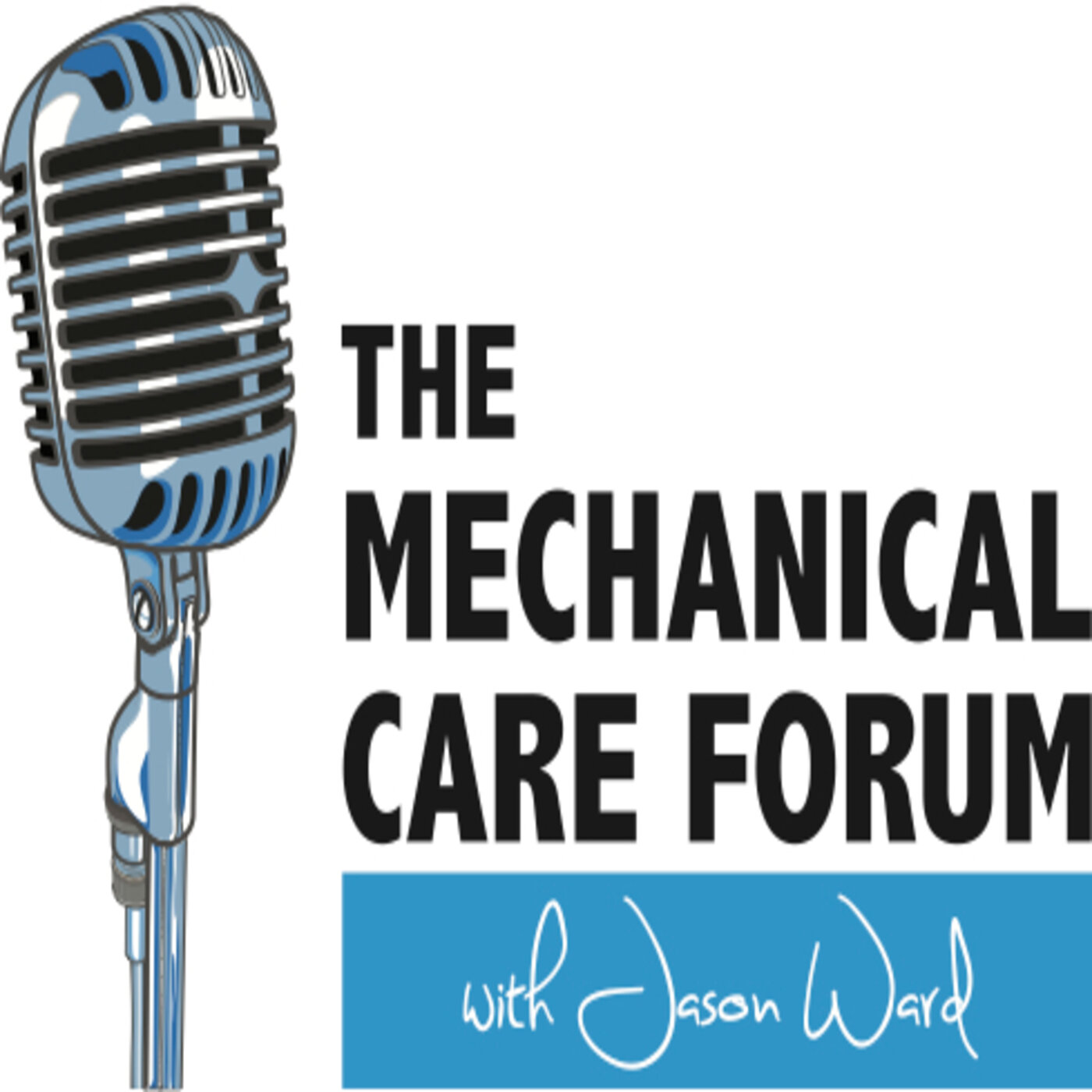Dana Greene, PT, Dip MDT
Dana graduated from State University of New York at Buffalo in 1986 with a Bachelor of Science degree in Physical Therapy. In 1990, he successfully completed the Diploma Program in Mechanical Diagnosis and Therapy at the McKenzie Institute International in New Zealand. He was appointed to the teaching faculty of The McKenzie Institute, USA in 1992. Since returning from New Zealand, he has limited his practice to the evaluation and treatment of mechanical spine disorders. Dana co-owns and practices at Summit Physical Therapy in Syracuse, NY.
Show Notes
Personal Background
Born and raised in Niagara Falls New York. Married to Diane for 26 years and with whom he has two grown children, his daughter Allison and son Dana. He’s an avid golfer.
Professional Background
Graduated from University of Buffalo in 1986. Dana felt he didn’t know much of anything about treating patients with back pain. He spent time in in-patient and out-patient care. He was very ill- prepared to treat patients with spinal conditions or with chronic pain. He developed a poor appreciation for this new career and began a process to get out of it and get his MBA. He was influenced by Ron Schenk to take a McKenzie course and on his part A course he thought, “why haven’t I been taught this before.” He was impressed by his instructor Wayne Rath and soon took the remainder of the courses and then looked into doing the diploma program in New Zealand. His career developed into teaching over the next few years and ownership of a private practice.
Dana has experienced the difficulties common to owning and marketing a private practice and he elaborates on what he’s learned as effective means of growing a practice.
Quote
“There’s no genius in making simple problems complex.”
“The wheels of progress turn slowly.”
Time When Struggled
The frustration of practicing early on in one’s career is significant to Dana: You learn a thousand questions to ask the patient, you are taught 50 special tests marking plus and minus and then when you’re done you do the same thing to the patient. Every time he’d talk to people about a patient, they gave an explanation and described they “felt” certain things with the patient Dana would think, he didn’t really think they were wrong as much as he just didn’t believe them.
When Success Came
It was a gradual process and with each passing year he gets a bit better. He saw improvement each step but remembers after part C seeing noticeable improvement. As he stopped trying to force patients into being what he thought they were, as opposed to letting their reaction tell him he saw greater success.
To contribute:
Give a 5-star review on iTunes;
Share EP #44 with a friend; and/or
Connect with us on the Spotify MCF Podcast and MCF Instagram page!
Thanks for your support!

